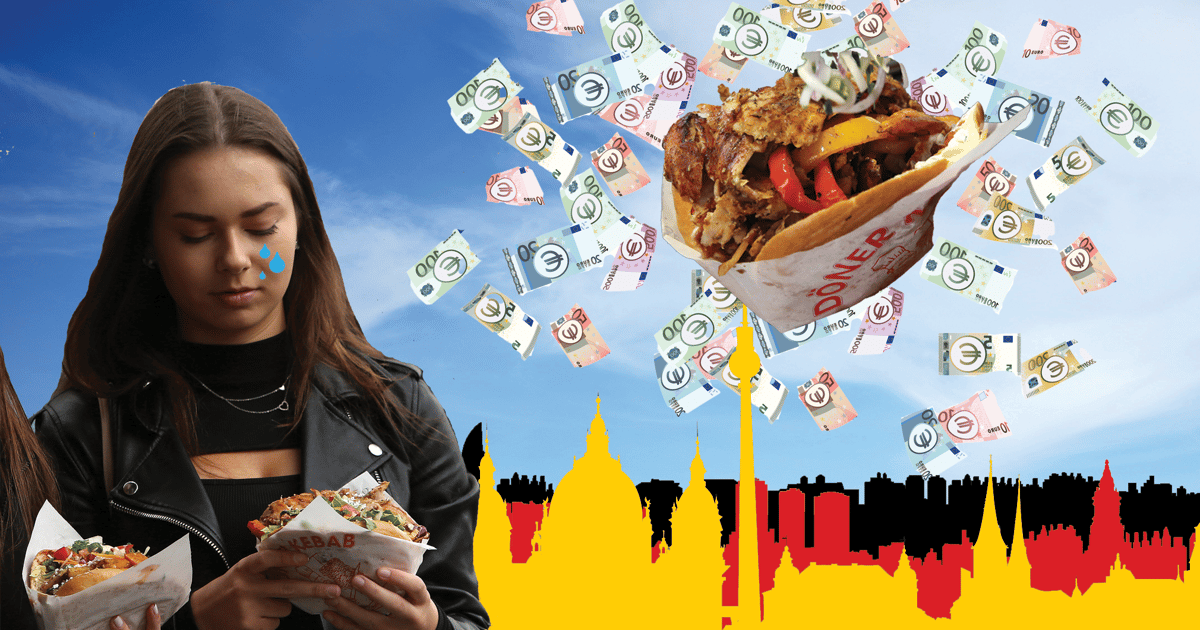“I can still remember when doner kebabs were sold for €3.50,” reminisced one teenager amid calls for a price brake to stop rising kebab costs.
The German capital is the birthplace of that ubiquitous European fast food, the doner kebab, and it shows.
Kebab shops line streets of many German cities, particularly in Berlin, and the scent of roasting, skewered meat is never far off.
Some two-million doner kebabs — meat wrapped in bread, topped with sauces and vegetables — are consumed a day in Germany, according to an industry association, quite a lot for a country of 83 million people. And the doner kebab has even supplanted the old stalwart, the currywurst — fried veal sausage topped with ketchup and curry powder — as the most popular fast-food dish in the country, according to a 2022 survey.



When talking about fast food, frying usually refers to deep frying. I wanted to throw nasty words at you because obviously Currywurst isn’t deep fried.
What word would you have me use to say not grilling, and not deep frying?
I’d call it grilling to be honest. It kinda looks like a teppanyaki, which is a form of grill.
But grilling is over open flame. When I’m frying something in a frying pan, I’m not grilling it.
It’s usually a teppan style grill. A stainless steel plate over gas burners.
I guess you’re technically correct, as you never said deep-fry. But for some reason I immediately thought you meant people would submerge the sausages into boiling fat.
Teppanyaki literally means “iron pan”. It’s frying, not grilling, the difference is that frying involves contact to a hot surface, while grilling primarily works via infrared radiation, at a distance. Also, air, but that’s not the primary factor otherwise we’d be talking baking: You can absolutely grill something over hot coals on the beach while the wind is carrying all the hot air away. Baking btw works perfectly fine for sausages.
You’ll see that kind of thing being called a Grillplatte in German but that’s because it’s (at least traditionally) an iron plate you put on a grill, not because you’re grilling stuff with it. Culinary and fixture lingo don’t match up in this case.
Languages are weird, to be honest. In German we call a teppanyaki “Teppangrill”.